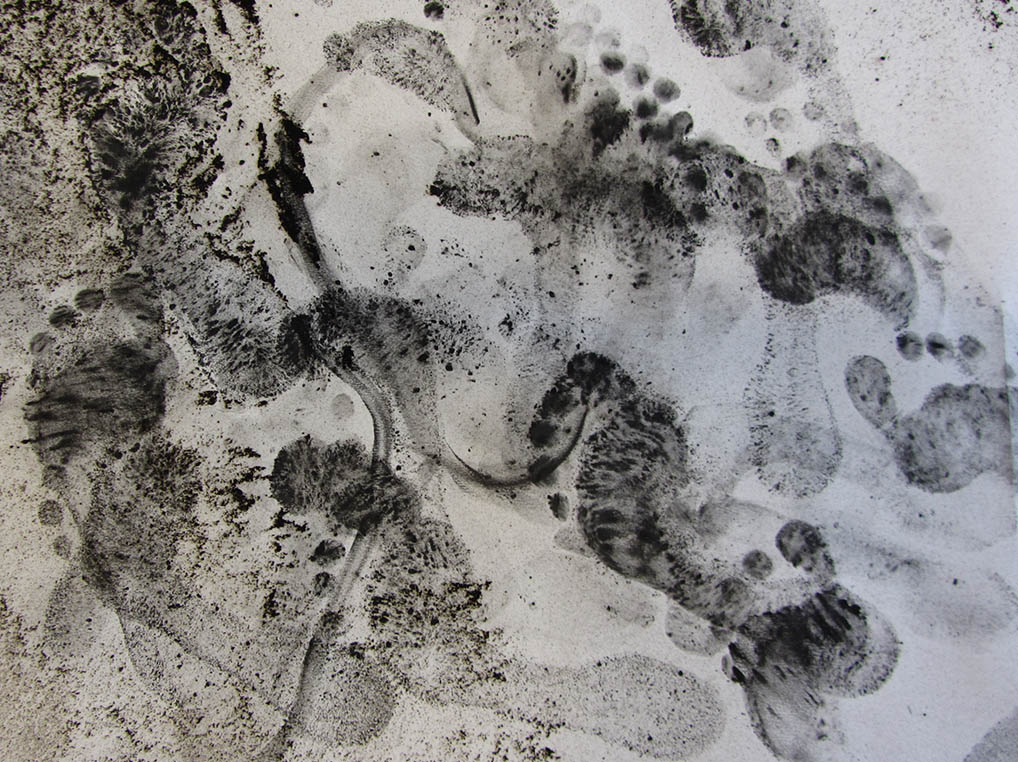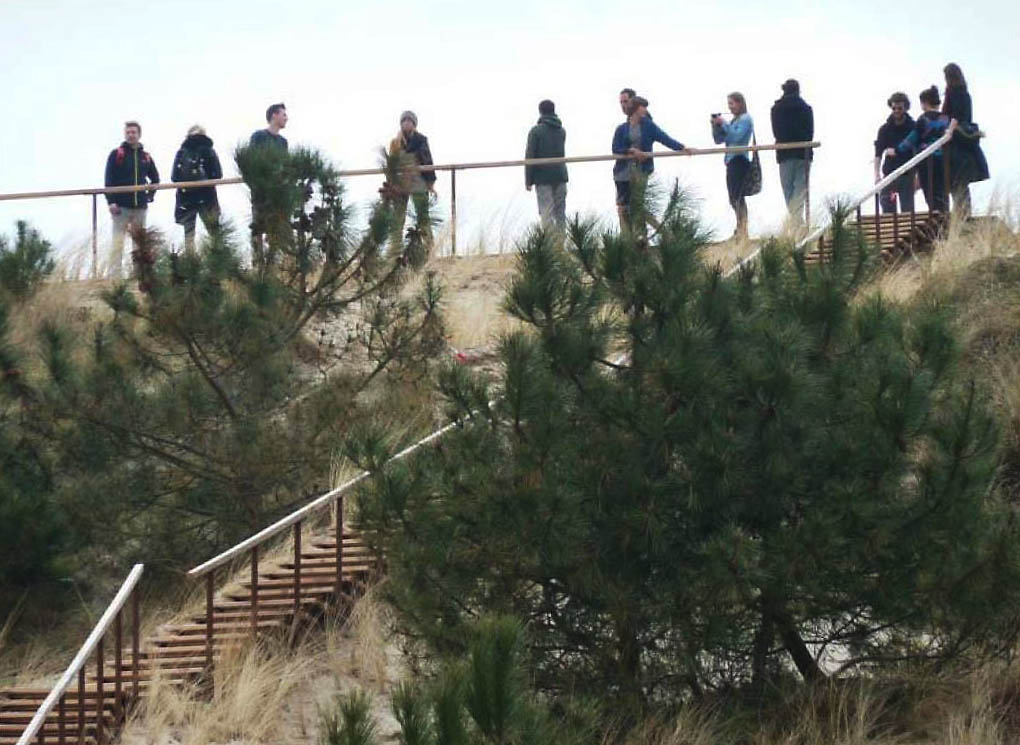In February 2013, MSc students of Landscape Architecture were taken to the Nieuwland Museum in Leystad for a three day workshop, led by an artist. Cora Jongsma, who has worked extensively with felt, introduced students to the fascinating similarities between two seemingly incongruent occurrences: the creation of felt from wool and the creation of polders.

“Essentially, polders are created when water is pumped out of land. Similarly, to create felt, wet wool is flattened with a rolling pin. The constant rolling shrinks the fabric to create a smooth surface,” explains Inge Bobbink, coordinator of education at the Chair of Landscape Architecture. “Going through the process of making this fabric themselves gave students an insight into the process of how polders were created and how the land subsided due to the fact of drainage,” she adds.
During the course of the workshop students were first taught how to make felt and then about mixing colours, creating layers and texturing. On the final day they were asked to recreate a part of ‘their’ polder using the felt and colours made by them. Each student works parallel to the workshop on a design for ‘a recrational waterlandscape’ in a polder.
The final effect of the workshop is definitely remarkable. As Bobbink walks us through the exhibition, the scraps of fabric begin to make sense. One is a landscape surrounded by crisscrossing water bodies; the fabric has been dyed in different hues of blue to create a sense of depth. Another is a greener landscape – a park on a polder. One looks like a prize-winning landscape garden.
Overall, it is equal parts scientific and aesthetic. “The making of felt is for me the same as cultivating the landscape… I keep this natural process in mind with my Experimental Polders of Felt, with the only difference that felt softens instead of hardens… I try, as an alchemist, to transform the area into gold, and to say the least, in felt,” says Jongsma, in an introduction to the workshop.
Bobbink says that since the workshop she has noticed a marked improvement in how the students engage with the course. That’s not all. “Playing with designs, using technical know-how with imagination is something that will be handy to them in the long run as landscape artists,” she adds.







